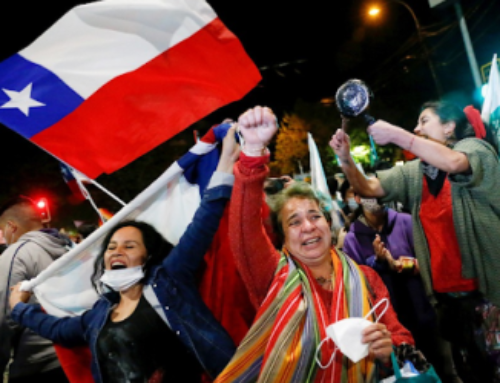Climate change and how it affects the entire world has long been talked about, with events ranging from floods, fires and droughts to the potential detachment of a gigantic glacier block in Antarctica affecting the global ecosystem and people’s way of life in many ways.
To cite some recent examples, in San Salvador de Bahia, Brazil, heavy rains that started in November generated floods that have affected approximately 600,000 people, according to local media O Globo. Authorities announced that at least 24 people have died, 360 were injured, and about 72,000 more were displaced from their homes as a result of the event. In addition, two large dams collapsed in the area as a result of the heavy rains, which could aggravate the damage and force the population to flee their homes. According to the governor of the northeastern state, it is «the biggest catastrophe in the history of Bahia».
On the other hand, several forest fires are burning in Patagonia, Argentina. According to the Vice-Minister of Environment, Sergio Federovisky, the most worrying fire started several days ago after a thunderstorm in the area of Lake Martin and Lake Steffen, in Nahuel Huapi National Park, Rio Negro province. For this reason, Mapuche communities have had to be evacuated near the towns of El Manso and Villegas, and the fire is still being fought, with other collateral consequences, such as the fall of a hydrant helicopter. This fire is in addition to those that occurred in March 2021, also in Patagonia, and those of July 2020 in the province of Córdoba, where the fire spread for three months, affecting 300,000 hectares and even reaching the province of San Luis.
In another region of America, more precisely in Mexico, drought problems were faced between December 2020 and April 2021, expecting that they may occur again during 2022, due to the climatic phenomenon «La Niña». However, thanks to the large amount of rainfall during the second half of the current year, dams have been filled, which could ease the situation in the event of a possible drought.
The above-mentioned events have a strong impact on people and companies. As described in the case of the Aztec country, its agriculture was hit by the droughts, since 76% of the country’s water use is destined to this activity. Along the same lines, with the floods in San Salvador de Bahía, agriculture (the region’s main activity) will suffer millions of dollars in losses. Further to the south of the continent, the low water level of the Paraná River resulted in its lowest level in 77 years, affecting a vital «tool» of the economies of the three neighboring countries (Argentina, Uruguay and Brazil): both in terms of the Paraná as a source of hydroelectric power generation and its use as an important trade route. In particular, Argentina depends on the river to export 80% of its agricultural products, the largest source of income for the country.
If we turn around the globe, the Asian continent was also greatly affected. According to the report «Counting the cost 2021: A year of climate breakdown», four of the ten most costly weather events occurred in Asia, with floods and typhoons representing losses totaling US$24 billion. Unpredictable weather events generate contingencies in the global economy, affecting not only people’s quality of life, but also, to a large extent, production and the supply chain.
These events highlight the need for concrete climate action. The Paris Agreement set the goal of keeping the temperature increase below 1.5°C compared to pre-industrial levels; however, countries have no real plans to reduce greenhouse gas emissions, while prioritizing other short- or medium-term issues, which seem to occupy their agendas.
In conclusion, how much longer will it take us to learn?




